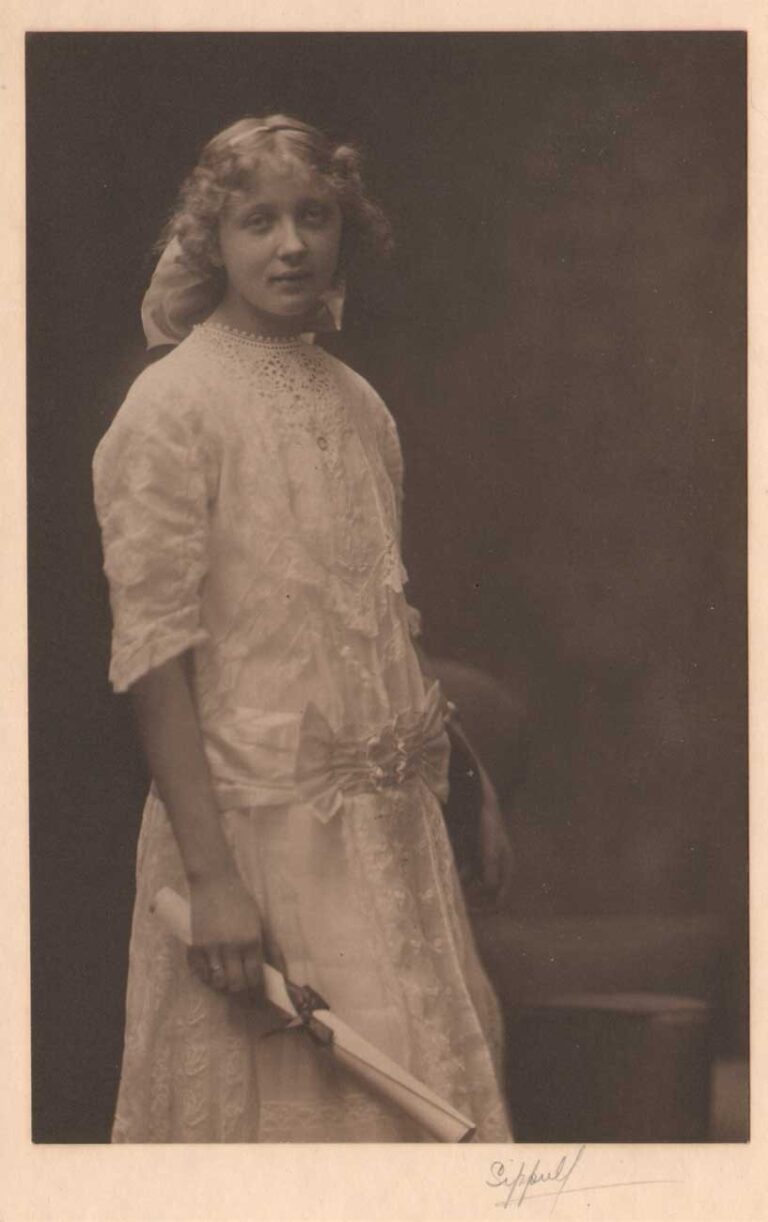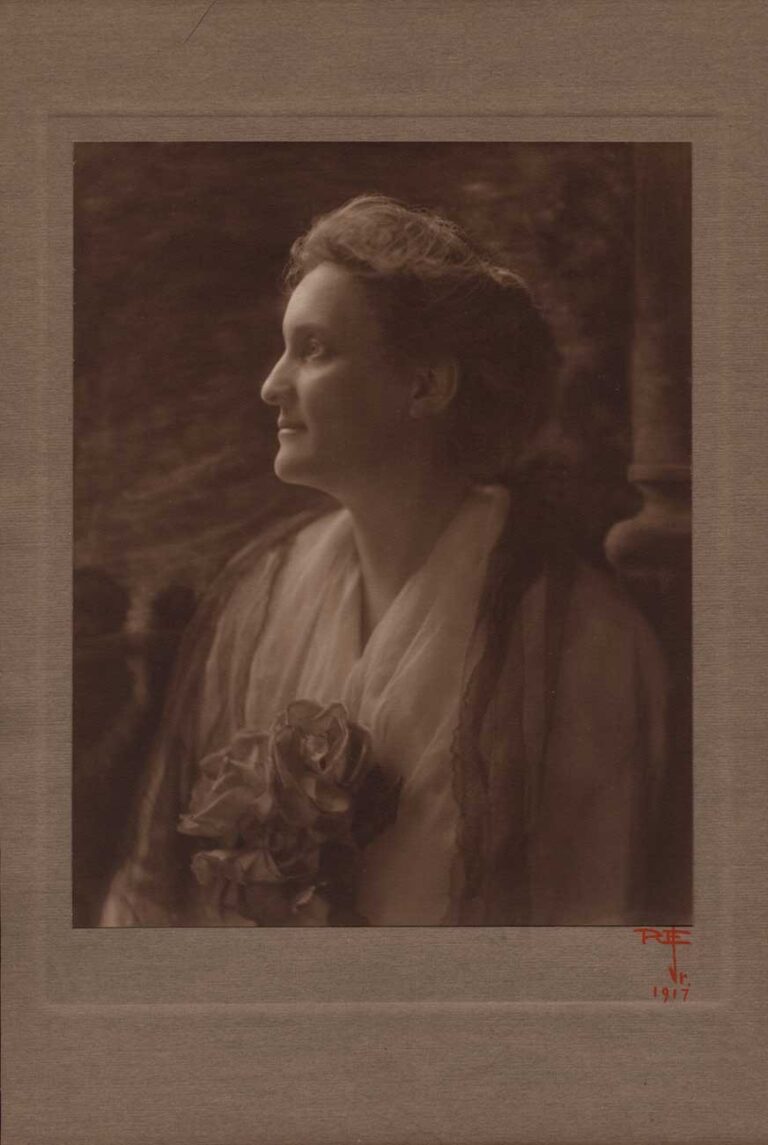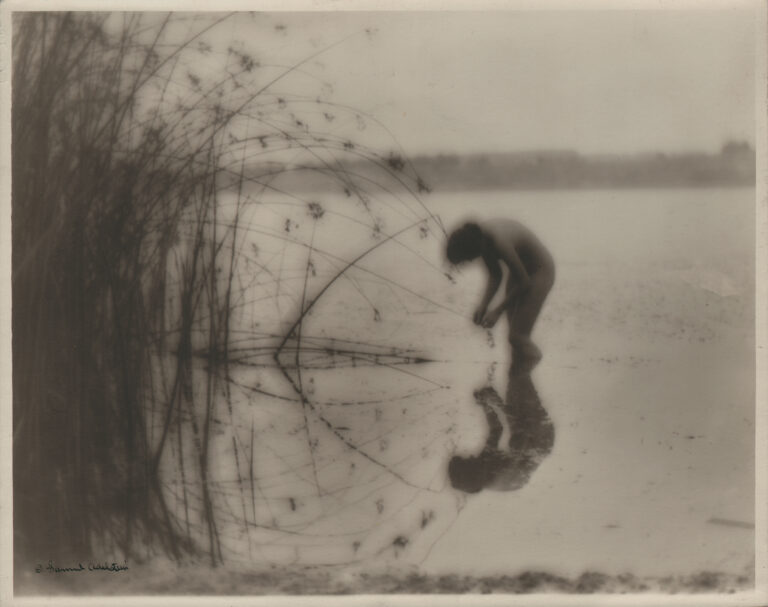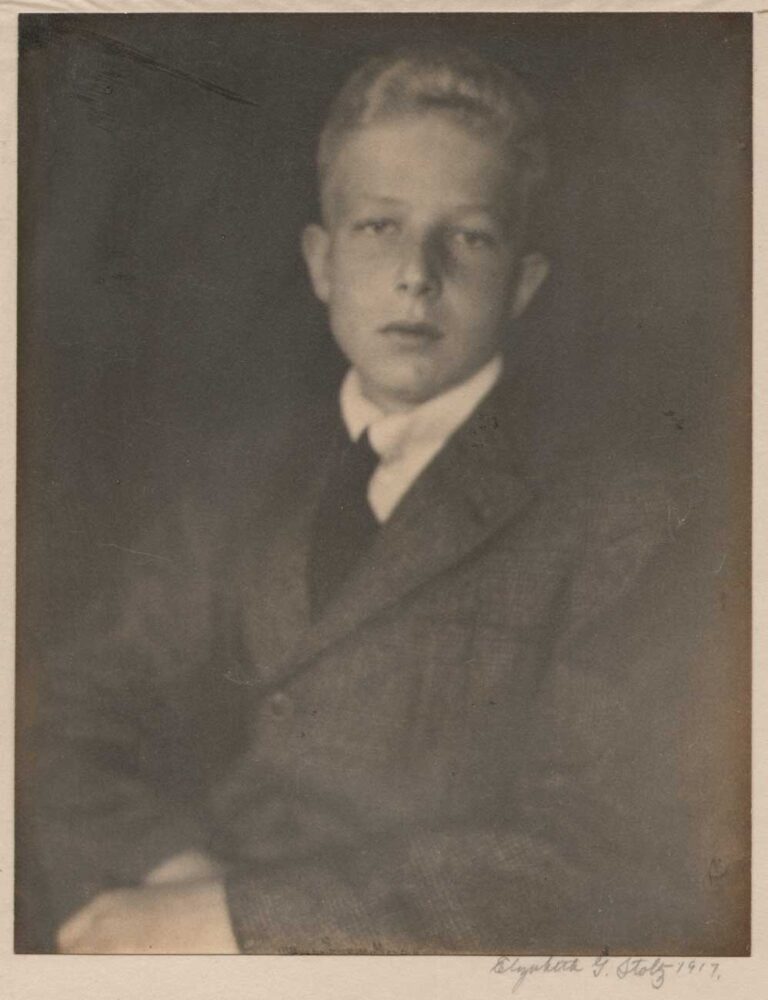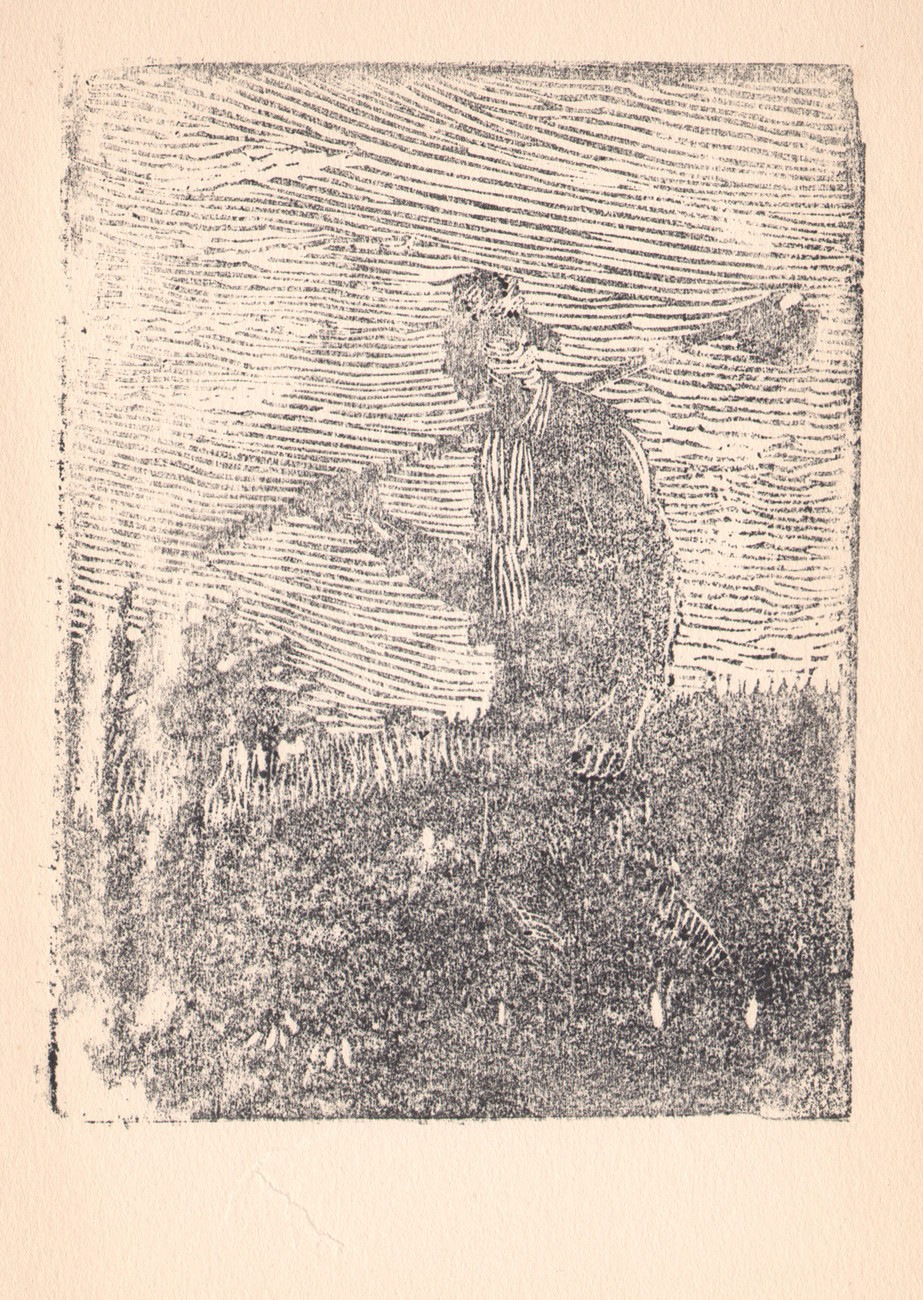
Sundown
This original woodblock print appears as a separate, light impression in the personal copy of the volume A Study of The Modern Evolution of Plastic Expression (1913) formerly owned by the important American woodcut artist Julius John Lankes. (1884-1960)
When contacted by this website, the leading authority on Lankes: Dr. Welford D. Taylor, provided the following details as well as publication history for the woodcut Sundown:
“It was not uncommon for Lankes to use blank pages in volumes he already owned- (like this example from 1913-editor) and sometimes he even purchased unbound volumes just to test blocks he was already in the process of carving into finished works.”
Dr. Taylor then adds:
(Sundown) “is one of JJL’s earliest — the sixth entry in his Woodcut Record. Since it was executed shortly after Man with a Hoe, a design inspired by the work of Jean François Millet, it may well have been inspired by Millet as well. Both artists liked subjects related to hand labor. This is one of relatively few JJL designs for which we have a clear record of evolution. Based on this scan, I have reason to believe this impression of Sundown is a trial pull of the first state of the block. Although refinements were made later to this impression, I think it is a preliminary version of the evolving first state.”
Dr. Taylor provides a further chronology of the working states pertaining to the woodcut Sundown:
1917: appears as the sixth entry in Lanke’s Woodcut Record. see: (L. 6 (3/15/17))
1918: was the very first publication of a Lanke’s woodcut in print, along with his Deserted House-in the October issue of The Liberator, a socialist magazine which had a short run from 1918-1924.
1921: published as a full-page illustration in the October issue of The Century Magazine. The work was one of six woodcuts appearing under the headline: Modern Wood-Block Prints by American Artists. (see: vol. 102: p. 895)
1923: a re-cut version is used for a dust jacket commission. see: Woodcut Record: (L. 241 (6/21/23))
1929: re-cut again, and now apparently re-titled Going Home, it is used as a cover design for the August issue of Survey Graphic. see: Woodcut Record: (L.600 (6/9.29)) (1.)
1. March, 2012 email correspondence between Dr. Welford Taylor and PhotoSeed site owner David Spencer.
Original copy for this entry posted to Facebook on March 21, 2012:
When I hear the word plastic, I sometimes think of Dustin Hoffman’s character in the film “The Graduate” or the greatest name for a rock and roll band lead by that silent carnival barker Andy Warhol that was a whole lot more: The Exploding Plastic Inevitable. But the word announced itself much earlier in the century, at least for creative types yearning for a new direction-contained in the title of a slim volume: “A Study of The Modern Evolution of Plastic Expression” published by the gallery “291” back in 1913- the pioneering New York City idea collective run by Alfred Stieglitz. Back then, plastic wasn’t for Tupperware but something uttered to give direction for creative types intent on molding their own ideas- enough to make a tangible product of expression in the form of a unique painting, photograph, poem or anything the mind could envision or create. Who might have been influenced by this little volume’s arguments? None other than American woodcut artist Julius John Lankes, (1884-1960) who apparently took the words to heart-creating his own plastic state of evolution in this woodcut impression of “Sundown”, one of his very first efforts of woodcut artistry recorded for posterity on the last page of his personal copy of the book.
